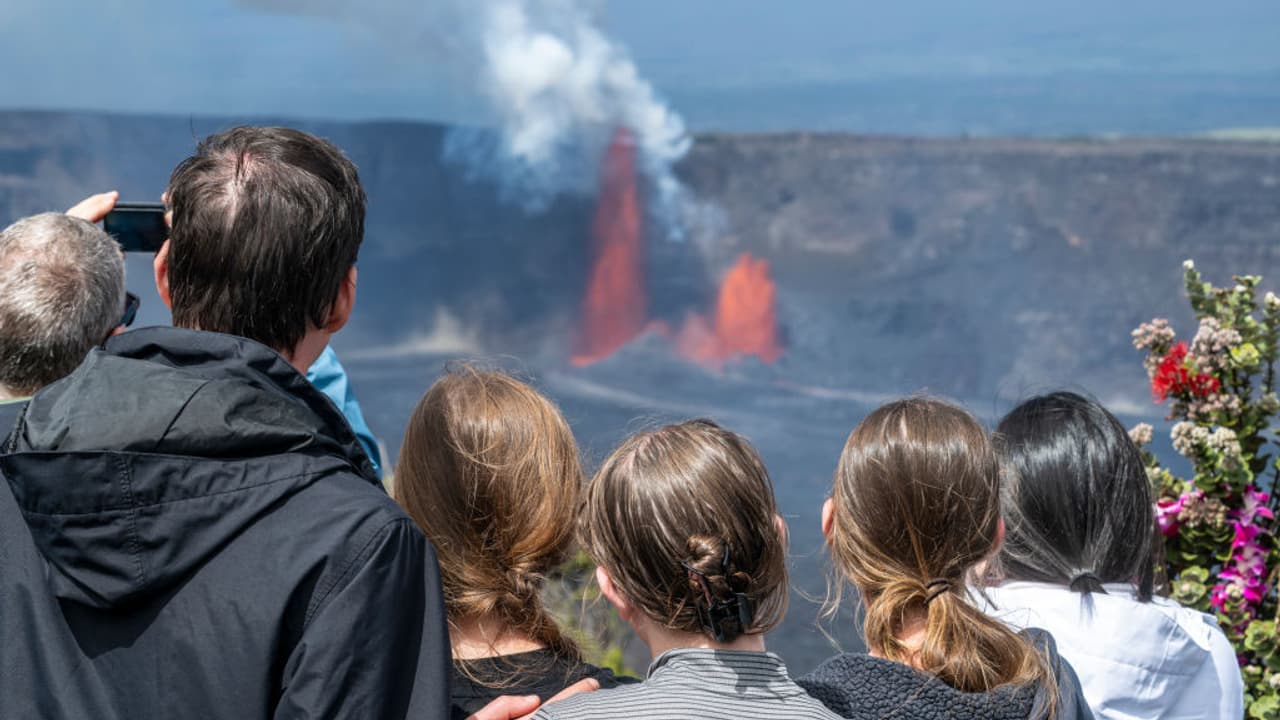An Alaskan volcano could blow at any time, and when it does, it will set of a chain reaction that would cause international chaos.
A towering titan in Alaska’s volatile landscape, Mount Spurr — the 11,000-foot volcano looming just 80 miles from Anchorage — could blow at any time. And when it does erupt, the fallout could ripple across continents, crippling air travel, choking global commerce, and sending ash-laden shockwaves through international logistics.

With Anchorage’s population nearing 300,000, residents are already bracing for the looming threat. Scientists warn the fiery mountain could erupt within “weeks to months,” triggering a chain reaction with global implications far beyond Alaska’s icy frontiers.
The last time Spurr erupted in 1992, a dense ash plume blanketed Anchorage, grounding planes and turning day into an eerie dusk. Now, experts say a similar or even more catastrophic scenario may be on the horizon.

Should Spurr erupt, a colossal ash plume — potentially soaring 50,000 feet into the atmosphere — would immediately shut down Alaska’s major air gateways: Ted Stevens Anchorage International Airport (ANC) and potentially Fairbanks International Airport (FAI). The consequences would be staggering.
International travel chaos, health risks and more
ANC, the world’s fourth-busiest cargo airport, handles more than 8,000 cargo flights monthly. A full shutdown would paralyze the supply chain between Asia and North America, halting freight movement, delaying e-commerce deliveries, and disrupting manufacturing lines across the globe.
Passenger jets traversing the polar and Pacific routes — crucial for intercontinental travel between the US, Europe, and Asia — depend on Anchorage and Fairbanks for refueling, diversion, and emergency landings. Closure of these hubs would reroute thousands of flights, extend travel times, and jam alternate airports.
The particles — highly abrasive and barely visible — can scour aircraft exteriors, shatter windshields, destroy engine fan blades, and cause critical system failures. In extreme cases, ash ingestion can cause engines to stall midair, rendering the aircraft powerless.
“When Mount Spurr blows, the resulting ash cloud will pose a significant hazard to airplanes because the particles are highly abrasive,” experts warned.
Tuesday’s update from the Alaska Volcano Observatory (AVO) confirms the mounting concern. “Frequent small volcanic earthquakes” have been detected beneath the volcano, a sign of growing unrest. “Most of the earthquakes that are occurring under the volcano are too small to be located. Nothing unusual was observed in cloudy to partly cloudy webcam and satellite views,” the AVO noted.
Matt Haney, scientist-in-charge at the AVO, stressed the gravity of the situation: “If Spurr blows again, the event ‘would be explosive,’” he told DailyMail.com, explaining it could closely mirror the 1992 eruption.
That historic eruption caused $2 million in damages, shuttered offices, and triggered cleanup efforts across Anchorage. The microscopic particles pose serious health risks, especially to those with respiratory issues like asthma and bronchitis.
Haney and his team have been closely monitoring the volcano since April 2024. “All of these are signs of an impending eruption,” he noted. The most telling signal yet to appear? A volcanic tremor — a prolonged quake that signals magma’s ascent to the surface. In 1992, such tremors began roughly three weeks before Mount Spurr’s eruption.


